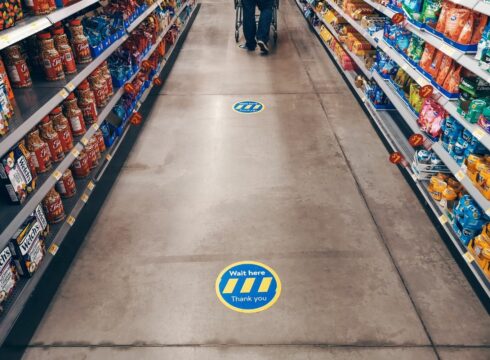SUMMARY
The lockdown saw an increase in digital payments to 42% and post-Unlock 1.0, there was another jump of about 23% in contactless digital payments
Some notable industries where re-commerce has seen a huge upward demand is two-wheelers, four-wheelers, furniture and electronics
Businesses are becoming smarter and realising that they need to alter their short as well as long term business goals
Inc42 Daily Brief
Stay Ahead With Daily News & Analysis on India’s Tech & Startup Economy
The Indian retail scene has seen many shifts and transformations in the last 30-40 years. From weekly bazaars in the days of our grandparents, to the neighbourhood mom and pop stores from our parents’ days to the new age, experiential mall culture, the scope and scale of the Indian retail experience has evolved multifold.
With the onslaught from Covid-19, globally, we have seen the collapse and disintegration of retail and sharp declines in revenues for some of the biggest retail giants. It’s also fair to say that some sectors have borne the brunt of this global retail meltdown harder than some others, but in general, the industry has suffered – probably it’s worst setback in a long time.
Many global players have been seen exploring new business formats, looking at smart product and points-of-sale innovation, consolidating the brick and mortar presence and moving towards a more digital presence. Let us look at some notable changes that we will see in Indian retail in the coming months/years.
A Diversified Supply Chain
When Covid-19 struck the world, countries were forced to lock down, bringing manufacturing and international commerce to a grinding halt. This impacted supply chains for many massive retail giants, in apparel, sports, electronics, automobiles, to name a few. Many retailers are now seeking to phase out their international dependence and start exploring more local/dometic supply chains so as to safeguard themselves from such situations in the near future. Many nations’ governments have pledged subsidies and financial aids to many companies to build manufacturing capabilities domestically.
Acceleration Of Digital Commerce And Contactless Payments
With social distancing norms in play and an acute restriction on public transportation modes, people have been forced to resort to shopping online from needs ranging from daily essentials to medicines, to food and grocery. With contamination being at an all-time high in India, a lot of people have begun to resort to digital payment methods. Just the first 3 months of the lockdown saw an increase in digital payments to 42% and post-Unlock 1.0, there was another jump of about 23% in contactless digital payments.
Rise Of Re-Commerce
The used products market and re-commerce will see a huge bump in demand for primarily two reasons – lower investment in generating supply and economical products for the price-sensitive consumer of today. Some notable industries where re-commerce has seen a huge upward demand is two-wheelers, four-wheelers, furniture and electronics.
Reimagined Pickup/Delivery Formats
Move away weekend mall-trips, it’s the new age of brick-and-click shopping. The pandemic lead to a transcendental shift in shopping habits. Goods which were always considered as test-and-buy are now being booked online and delivered at home. Several retail and food outlets now have a book online and pick up at store policy. The automotive market has seen a huge shift to customers requesting for home test drives and home deliveries from showrooms.
Even though these services cost a tad bit more, customers are putting safety first and utilising them. The most surprising shift has been the massive shift of daily essentials and green grocery purchasing to the online space – which was earlier considered a daily activity for many households.
Customer Experience – The Great Equaliser
With a lot of businesses losing the experiential aspect of their offerings, the battle has now shifted from pricing to customer experience. For example, take a segment such as a two-wheeler servicing or home salon visits – in the same price segment you could either be at a crowded service centre or an unsanitary salon or you could opt for a home service. While the price is marginally different, factors such as safety, convenience and value have replaced ‘deals’ and discounts.
New Business Goals
Businesses are becoming smarter and realising that they need to alter their short as well as long term business goals. Where some brands were eyeing more stores, geographical expansion and massive advertising spends, the focus has now shifted to sustainable business decisions – such as automation, deferred expansion plans, consolidation of stores and increased focus on online/digital presence.
Note: We at Inc42 take our ethics very seriously. More information about it can be found here.


